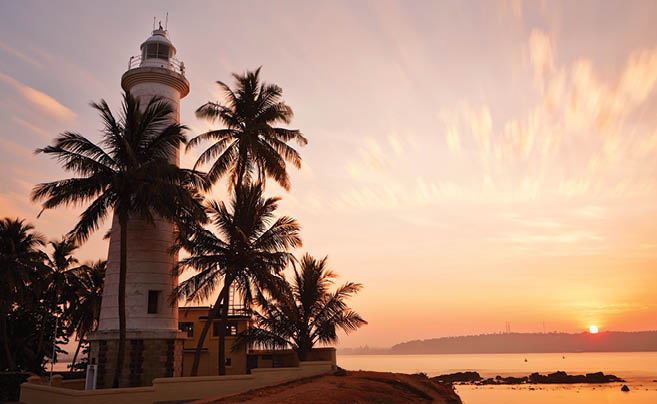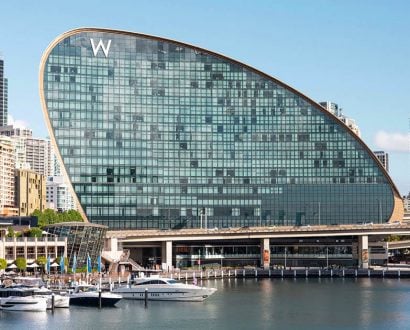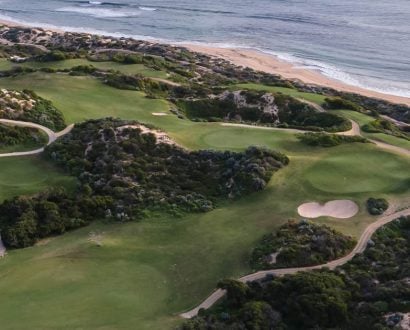Ceylon, the island of spices known today as Sri Lanka, has been a land of trade and commerce for more than a thousand years. An exotic abundance of agricultural products highly prized by both Eastern and Western cultures saw ships from China, Europe, and the Arab world drop anchor in Galle, the port city on the country’s south coast, and buy up as much tea, cinnamon, cardamom, clove, and black pepper as their vessels could carry back to their own markets. On home territory, due to the demand, the condiments fetched prices many times higher than gold.
As occurred elsewhere in the world, various European powers took turns conquering Sri Lanka as their roles in world domination waxed and waned.
First were the Portuguese, whose great explorers sailed far from home at a time when the world beyond Europe was virtually unknown. The Portuguese established trading posts along the coasts of Asia, along with forts to protect them. One of the most important of these strongholds was Galle, which eventually fell to the Dutch, who greatly expanded and strengthened the fortifications, and subsequently to the British before Sri Lanka’s independence was proclaimed in 1948.








Hi, just wanted to say, I loved this article. It was
practical. Keep on posting!